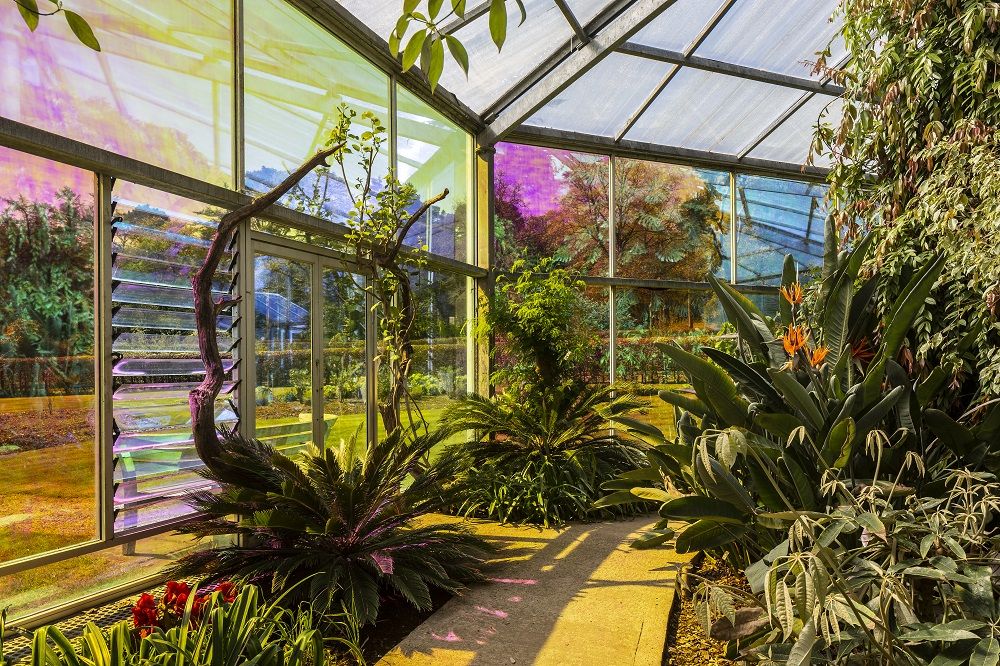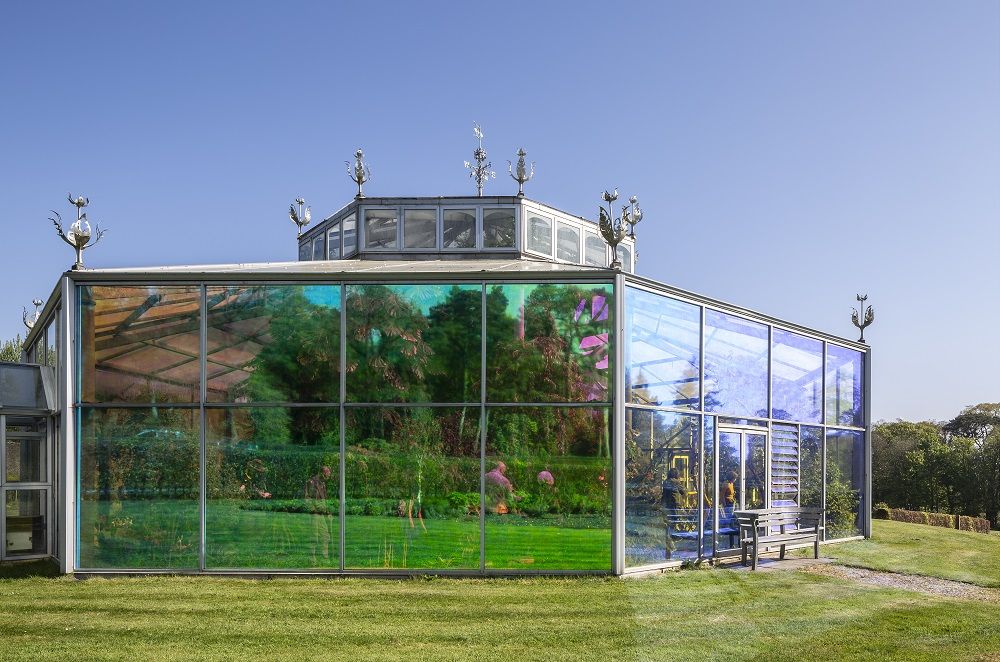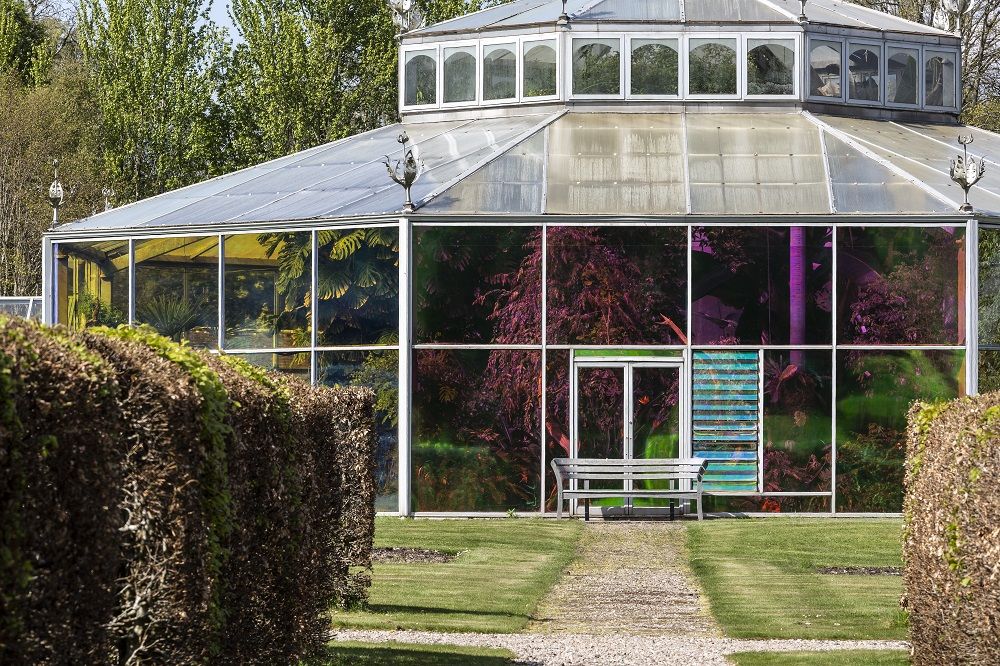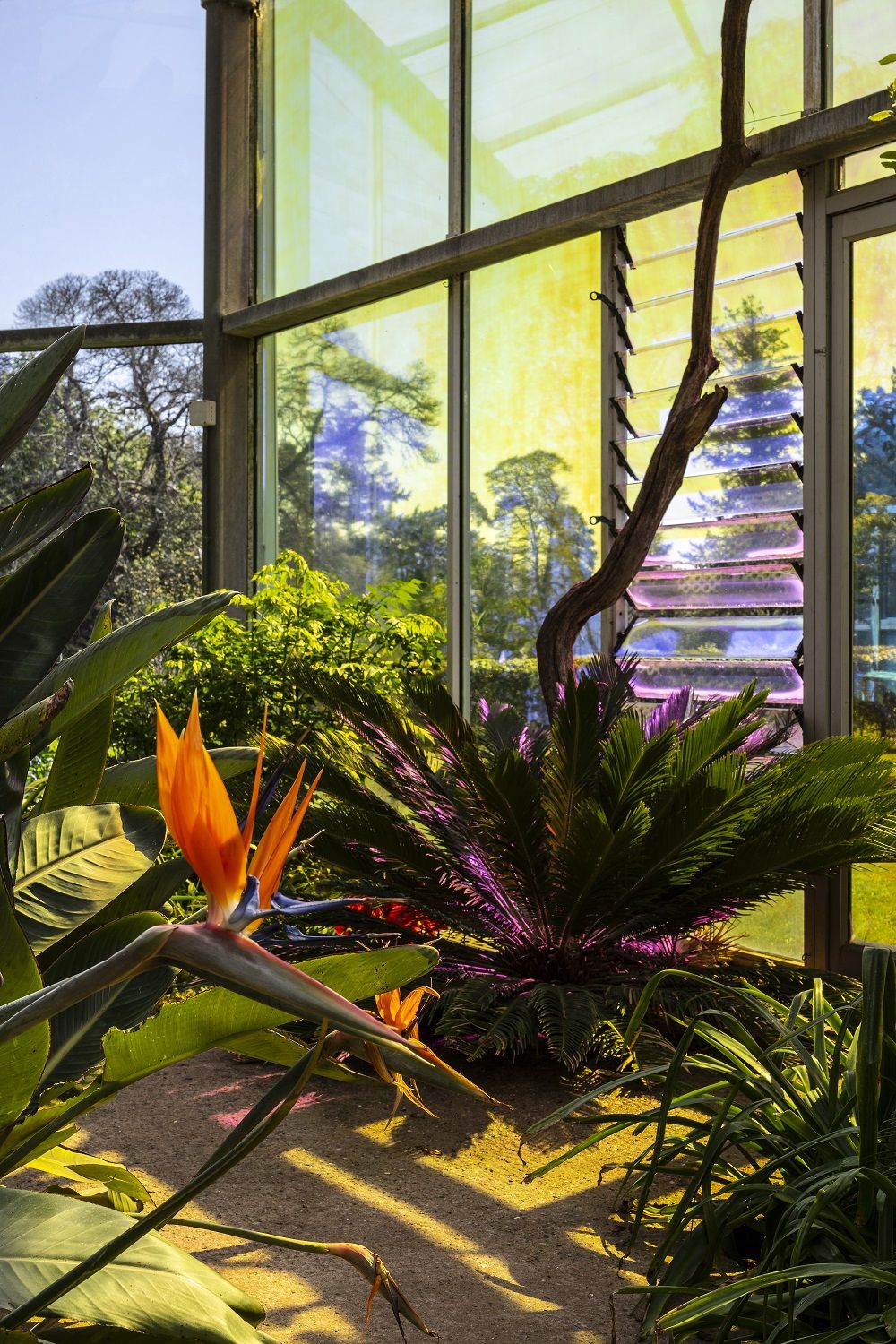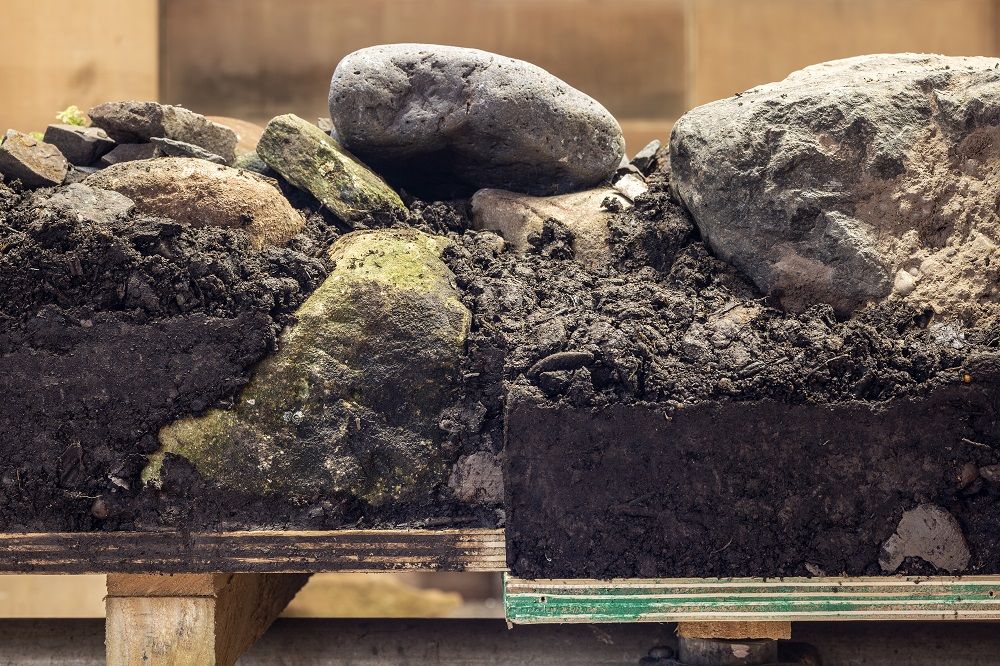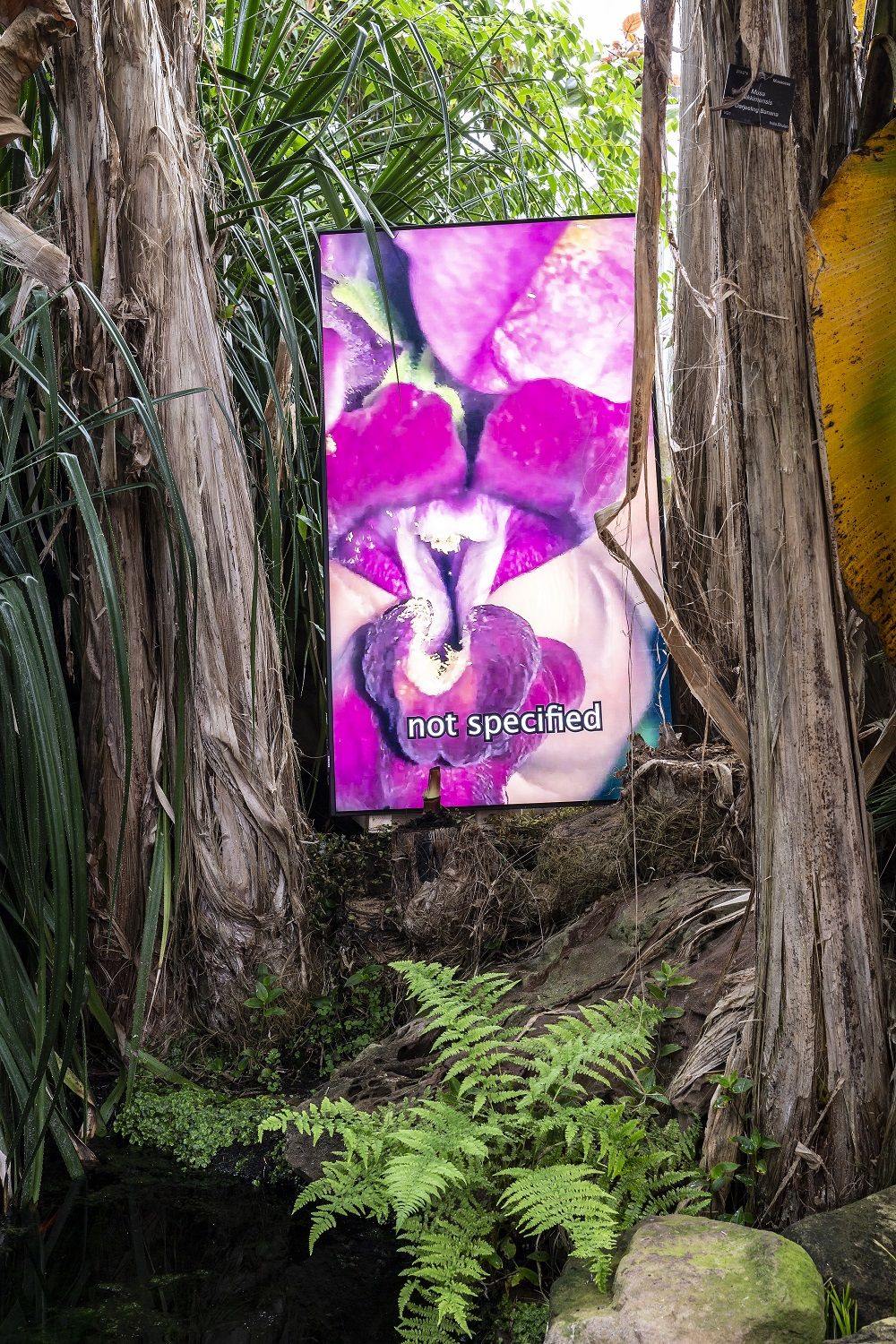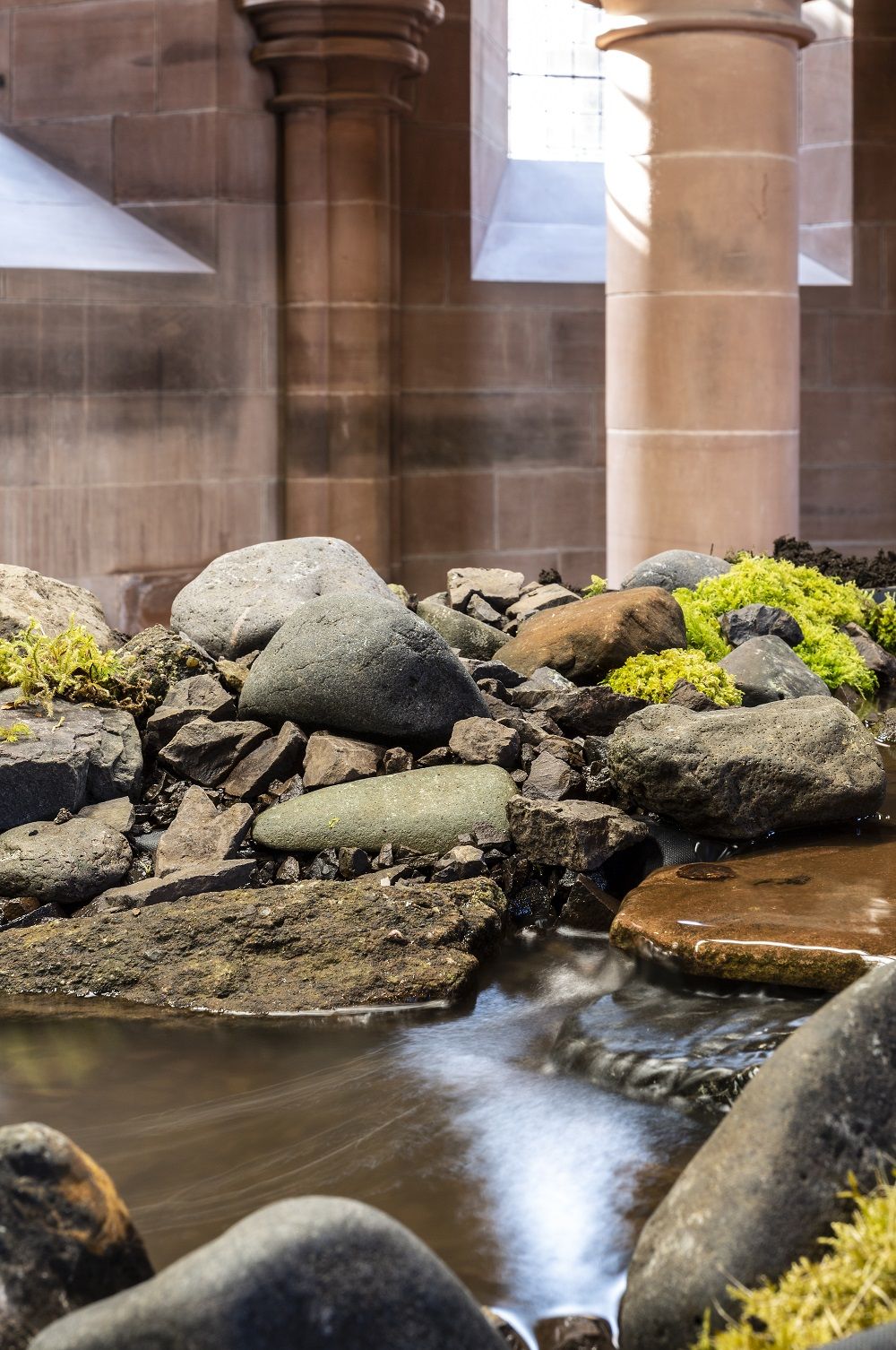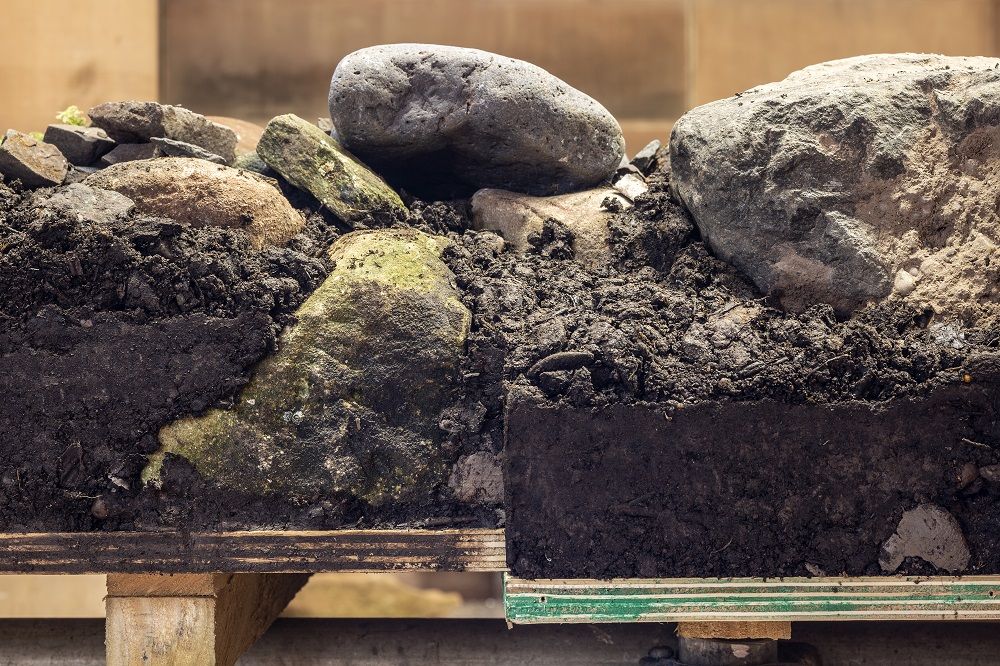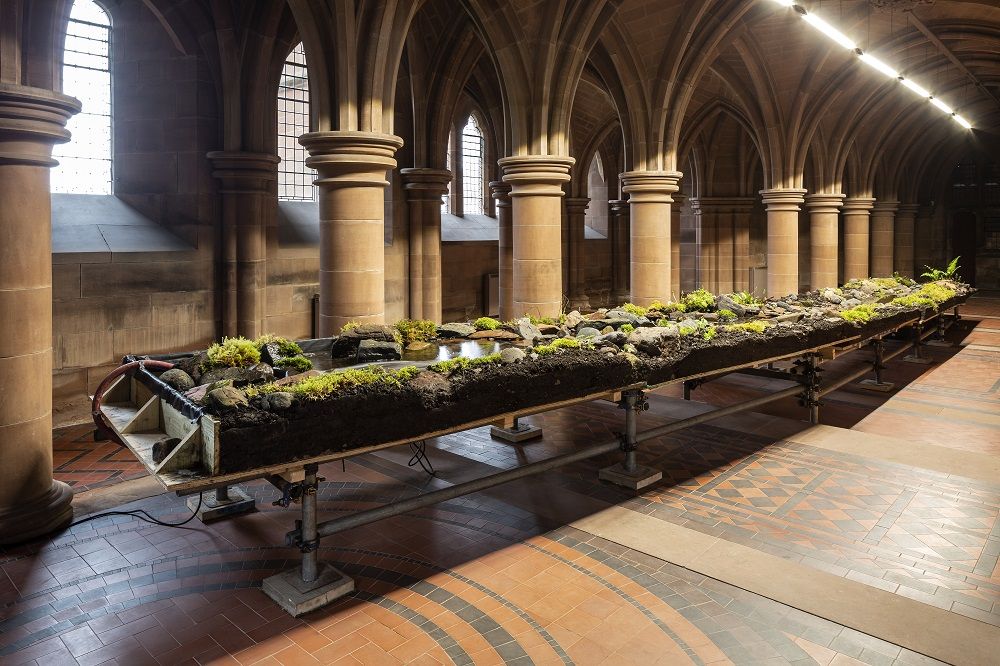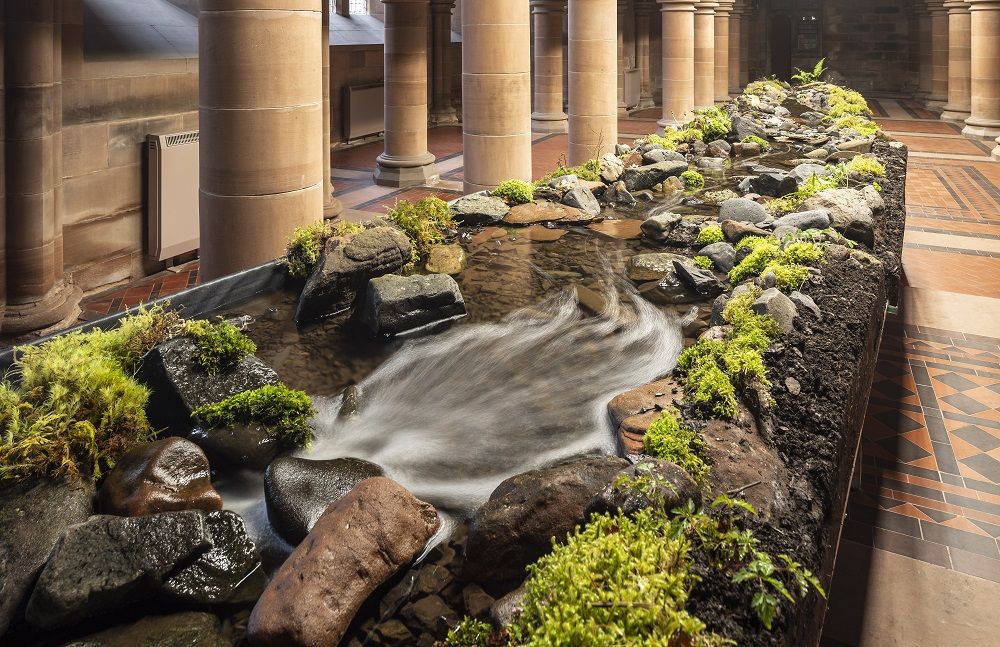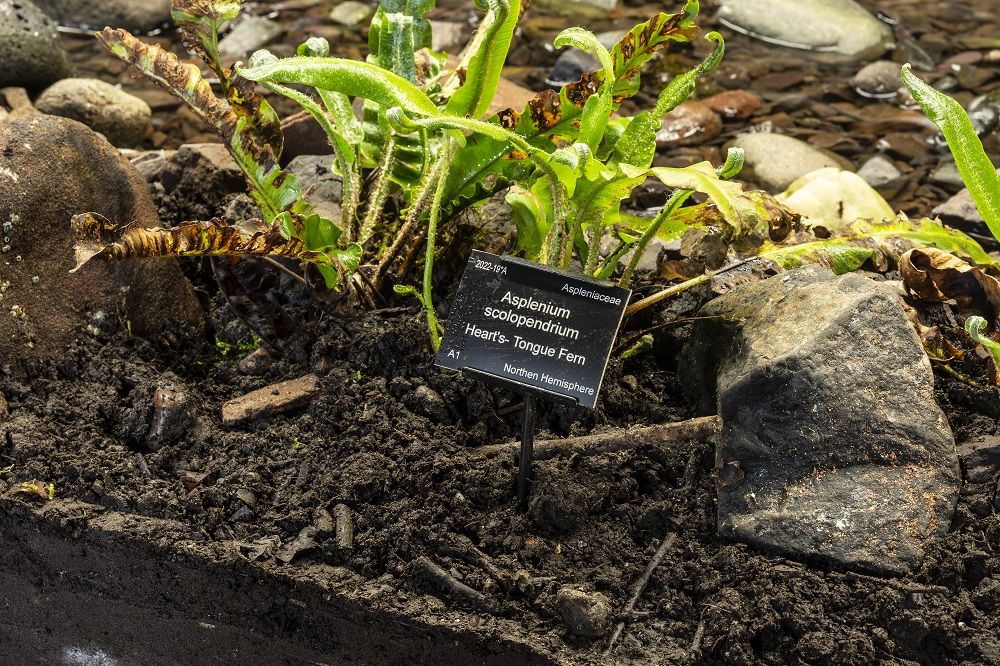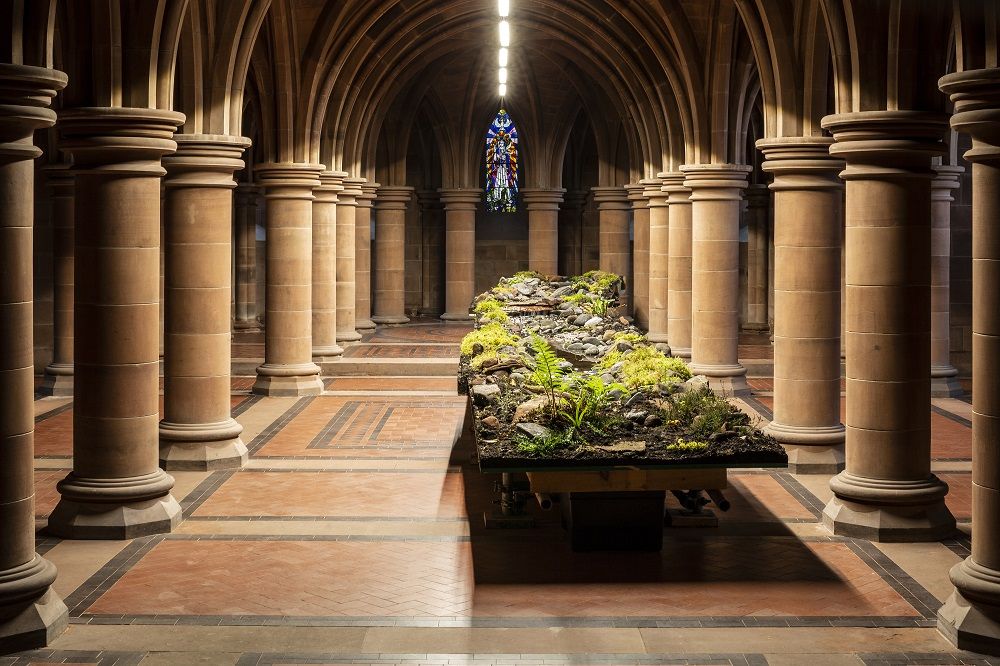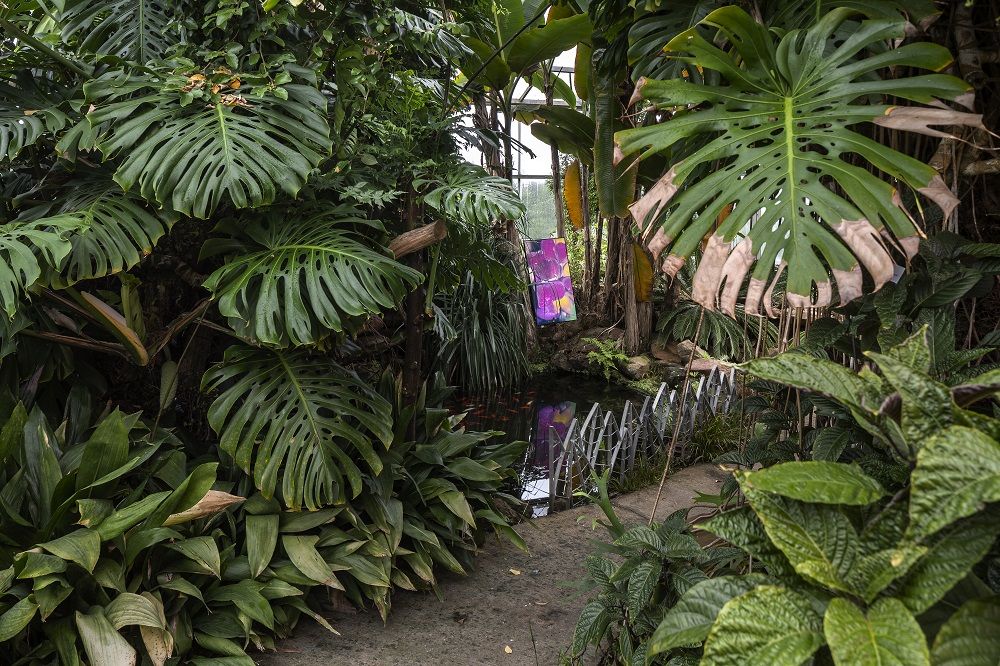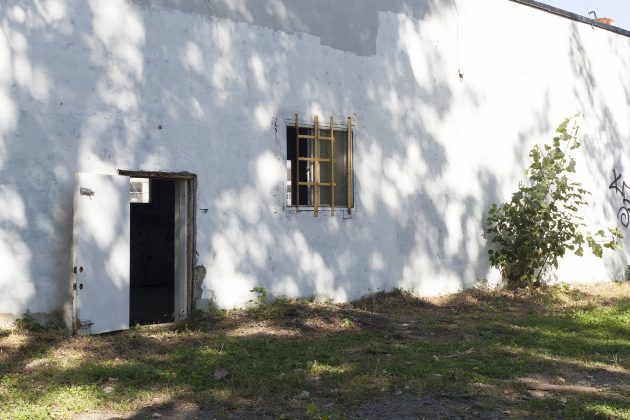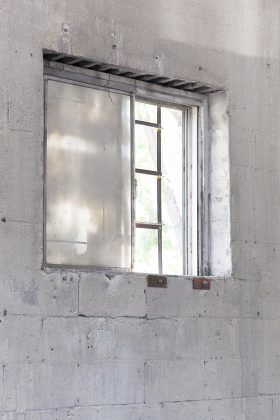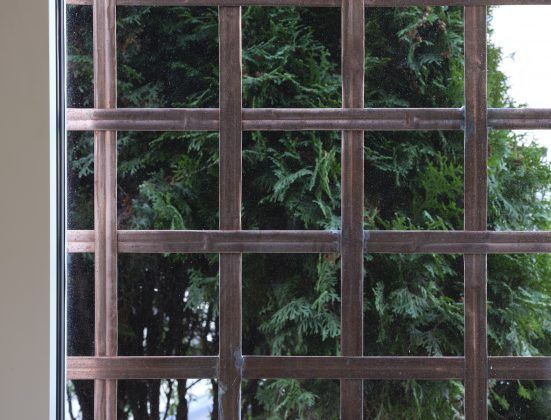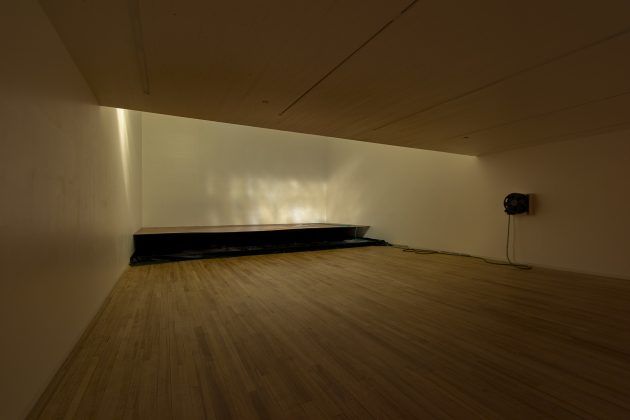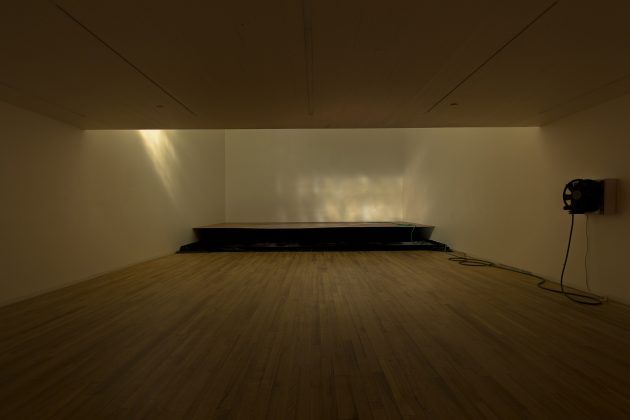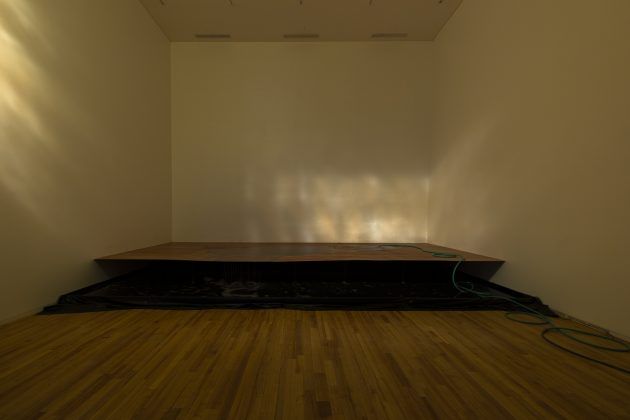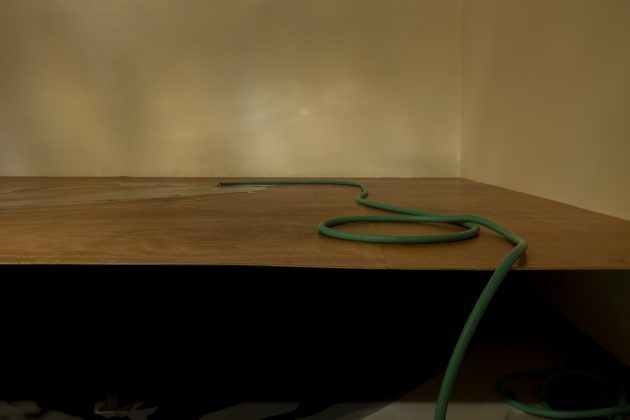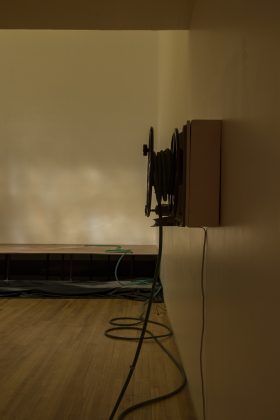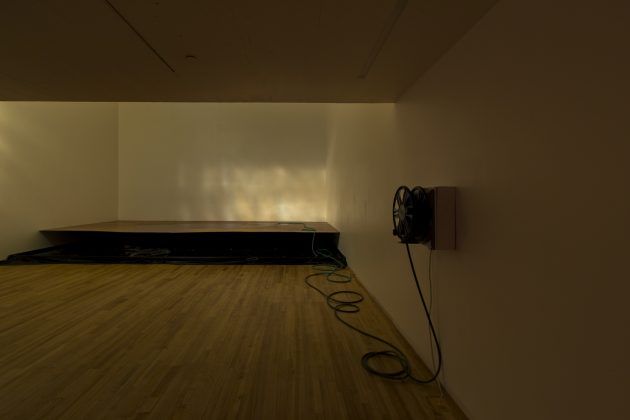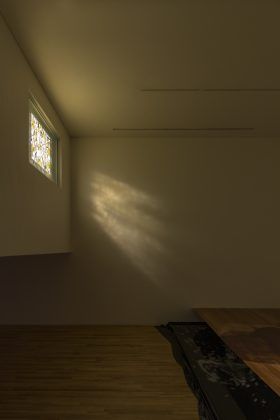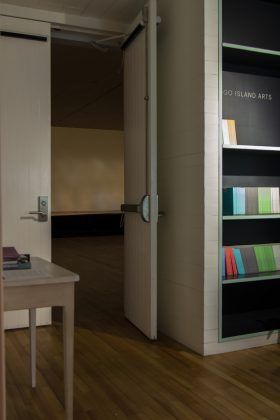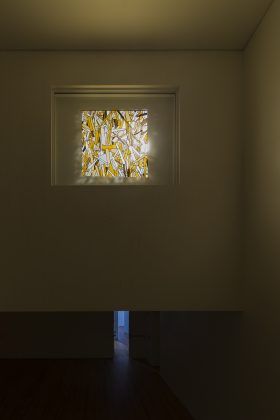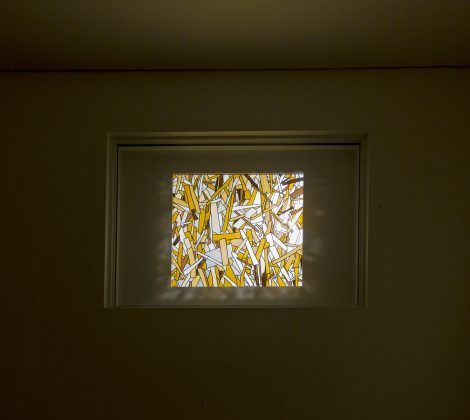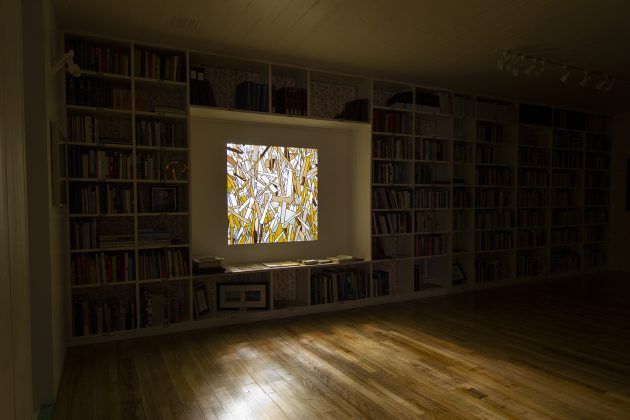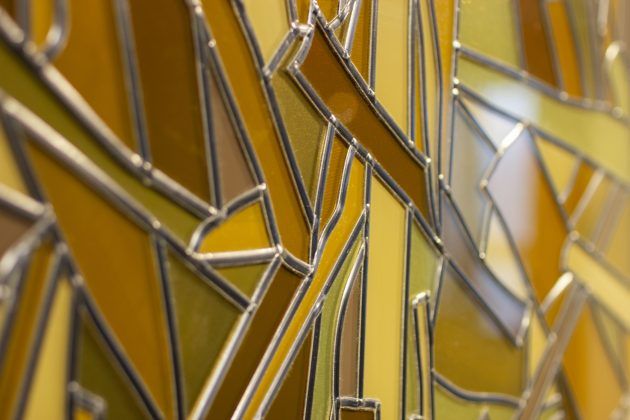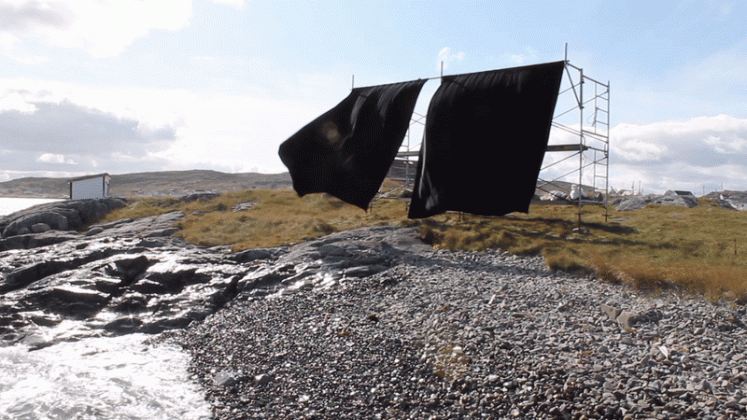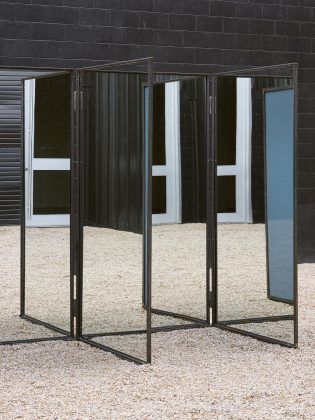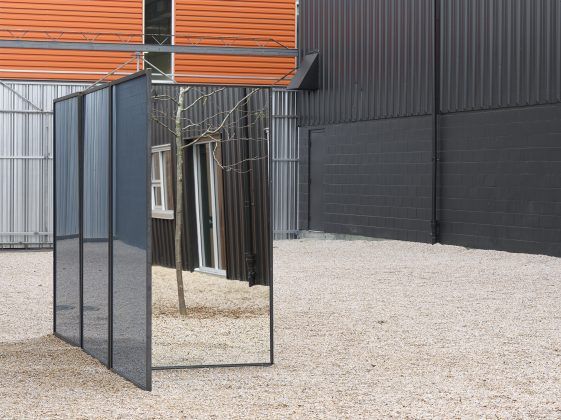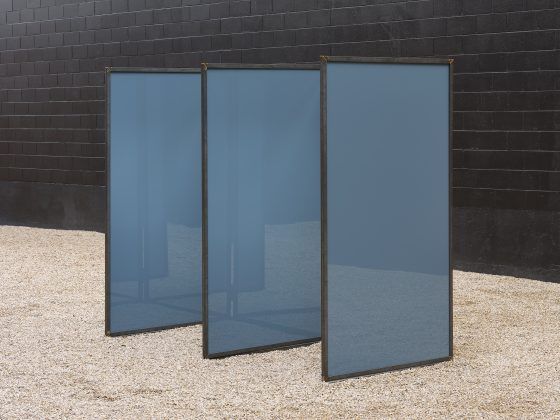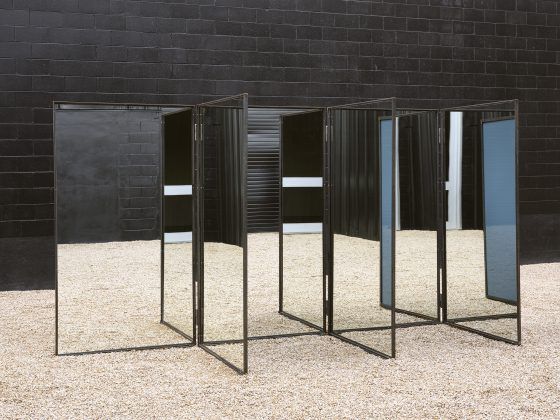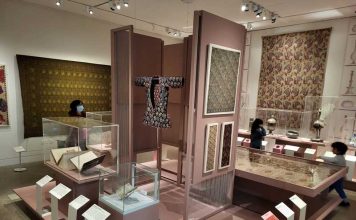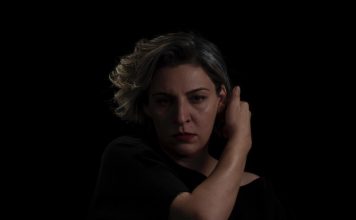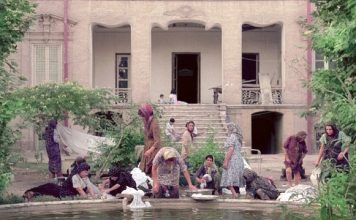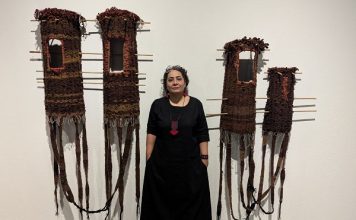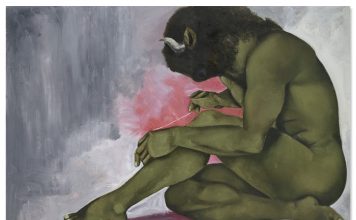By Nazanine Nouri
The Iranian-born, Montreal-based visual artist Abbas Akhavan has recently opened an exhibition at Mount Stuart, a neo-Gothic mansion on the Isle of Bute in Scotland. “Study for a Garden” (which ends Oct. 20) is his first-ever show in Scotland, and consists of a series of works in the gardens of the venue, as well as a site-specific commission inside Mount Stuart house.
Abbas Akhavan “addresses social, economic and political concerns through the lens of ecology, animal and plant life,” said the Trust.
[aesop_image img=”https://kayhanlife.com/wp-content/uploads/2022/05/MSVA-0422-0218.jpg” panorama=”off” credit=”‘study for a garden’ : Abbas Arkhavan” align=”center” lightbox=”off” captionsrc=”custom” captionposition=”left” revealfx=”off” overlay_revealfx=”off”]
Having spent a few months on the Isle of Bute, Akhavan has created “site-specific works using natural and ancient materials from the island” which “interrogate the history of Mount Stuart and its landscape,” the Trust added.
Mount Stuart is a Neo-Gothic mansion on the Island of Bute, sitting between Glasgow, Argyll and Ayrshire on the Firth of Clyde in Scotland. Since 2001, the building has hosted a contemporary visual arts program that puts on exhibitions of internationally known artists in Bute and Argyll.
Abbas Akhavan was born in Tehran in 1977 and moved to Canada with his family during the Iran-Iraq War. He received a Bachelor’s degree in Fine Arts from Montreal’s Concordia University in 2004, and a Masters in Fine Arts from Vancouver’s University of British Columbia in 2006.
Akhavan’s work is very much residency-based and consists of site-specific ephemeral installations, drawing, sculpture, video and performance. His practice is influenced by the sites where he works: the architecture, the surrounding economies, the people inhabiting the site.
In 2021, during the pandemic, Akhavan put on a show at the Chisenhale Gallery (outside London) that consisted of a cob installation inspired by a colonnade that once surrounded the Arch of Triumph at the 2,000-year-old Syrian site of Palmyra, an arch that was, in all probability destroyed by Islamic State militants.
“While I am interested in ruins the objective is not nostalgia,” Akhavan said in an interview released by the Chisenhale Gallery at the time, “but rather the ways these sites become charged and disturbed as images in the collective imagination. How do these artefacts circulate through other economies and narratives about remapping history, nation building, and museum collecting?”
In his latest exhibition at Mount Stuart, Akhavan has created an installation called “Variations on a Folly” in the vaulted sandstone crypt. The installation is inspired by his forays into the gardens at Mount Stuart, and incorporates elements from the surrounding areas. It reflects the artist’s ongoing explorations of spaces and species from nearby grounds —in this case, the domesticated landscapes and woodlands at Mount Stuart.
Also included in the exhibition is an audio work: a sensory experience that starts in the house and continues through the grounds, past meandering streams, to the vegetable gardens. The work evokes the wonder and revelation of sight, and touches on the classification of birds.
Akhavan has also been featured in solo exhibitions at the CCA Wattis Institute, San Francisco (2019); and Museum Villa Stuck, Munich (2017). He has also participated in group exhibitions at the Palais de Tokyo, Paris (2022); Liverpool Biennial, Liverpool (2018); Sharjah Biennial 13, UAE (2017); and Solomon R. Guggenheim Museum, New York (2016).
He has held residencies at Fogo Island Arts, Fogo Island, Canada (2019, 2016, 2013); Atelier Calder, Saché, France (2017); and the Watermill Center, New York, USA (2011).
He is the recipient of the Fellbach Triennial Award (2017); Sobey Art Award (2015); Abraaj Group Art Prize (2014); and the Berliner Kunstpreis (2012).

